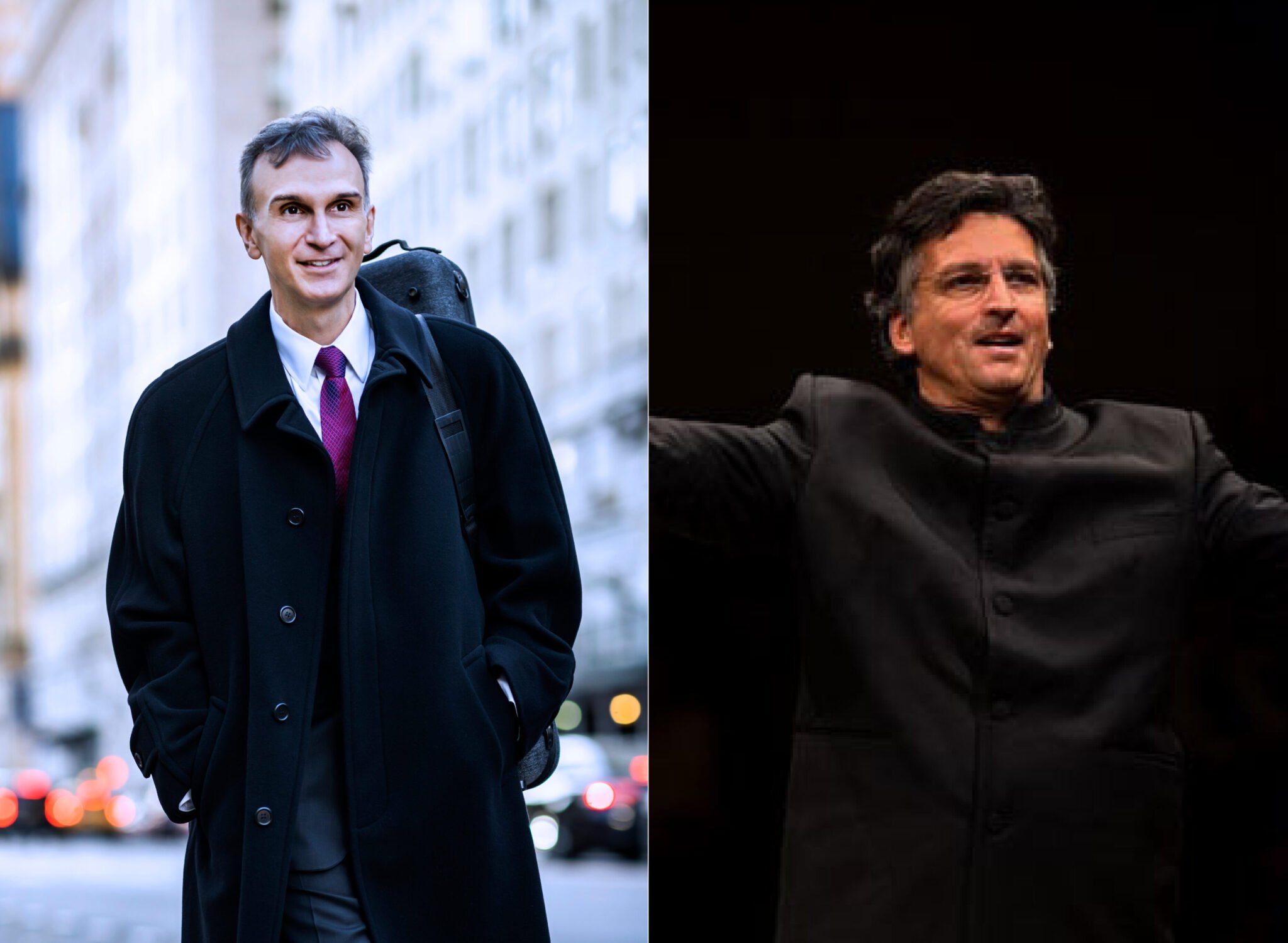Patronat
sincere thanks

Ludwig van Beethoven (1770–1827)
Overture to the opera Fidelio, op. 72 | 6’
Piece from the founding year 1805/1806 of the Luzerner Sinfonieorchester
Samuel Barber (1810–1849)
Violin Concerto, Op. 14 | 25’
break
Jean Sibelius (1865–1957)
Symphony No. 2 in D major, Op. 43 | 43’

Large scale Romanticism in CinemaScope format
Chief conductor Michael Sanderling’s promise to develop a “lush and opulent-sounding repertoire” with the full forces of the Luzerner Sinfonieorchester is fulfilled twice in our final concert, beginning with the second symphony by Jean Sibelius, which evolves from simple motifs into broad soundscapes and a grandiose finale. The four-movement work has a scope that only large orchestral forces can help to achieve. In Finland in 1902, the work was associated with the country’s struggle for independence from Russia. Samuel Barber’s Violin Concerto has a different story. In 1939, the American composer transferred the warm sound world of his “Adagio for Strings” to the dimensions of a solo concerto in three movements, whose finale will be crowned with fireworks by violinist Gil Shaham. The voluptuous sound and catchy melodies might almost have been written for an orchestra in CinemaScope format. However, these romantic notions are not just a song and dance. They also owe a debt to Switzerland, specifically the mountain landscape of the Upper Engadine and Sils Maria, for it was here that Barber began the composition, which he then went on to complete in Paris and the USA.
sincere thanks